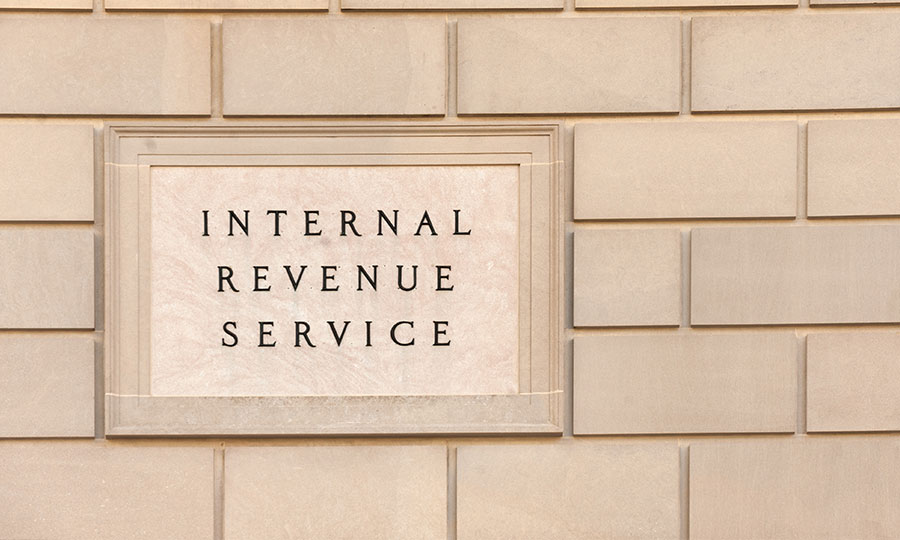Dealing with the IRS can feel overwhelming, especially if you owe more than you can pay upfront. Thankfully, the IRS offers payment plans to help taxpayers settle their debts over time. By understanding the process and knowing how to negotiate effectively, you can take control of your tax situation and reduce stress. At PJN Tax Solutions, we specialize in helping clients like you navigate the IRS payment plan process. Here’s a step-by-step guide to get you started.
Step 1: Understand Your Tax Debt
Before you can negotiate a payment plan, you need to have a clear understanding of your tax liability. Here’s what to do:
- Review IRS Notices: Carefully read all correspondence from the IRS to determine how much you owe, including penalties and interest.
- Confirm the Amount: Cross-check the IRS’s numbers with your own records to ensure there are no discrepancies.
- Know Your Deadlines: The IRS provides deadlines for resolving your tax debt, so act quickly to avoid additional penalties.
Step 2: Explore Your Payment Plan Options
The IRS offers several payment plan options depending on your financial situation and the amount you owe. These include:
- Short-Term Payment Plan: For debts you can pay off within 180 days.
- Long-Term Installment Agreement: For larger debts that require more time to repay.
- Direct Debit Installment Agreement: Payments are automatically withdrawn from your bank account, which can simplify the process and reduce the risk of default.
Each option has its own eligibility criteria, fees, and benefits. Consulting with a tax resolution professional can help you determine which plan is best for your needs.
Step 3: Gather Necessary Documents
To negotiate effectively, you’ll need to provide the IRS with detailed financial information. Be prepared to gather the following:
- Income Statements: Pay stubs, 1099s, or other proof of income.
- Expense Documentation: Monthly bills, rent or mortgage statements, utility bills, and other necessary expenses.
- Asset Information: Details about your bank accounts, retirement accounts, and property.
- Tax Returns: Ensure your past tax returns are filed, as the IRS typically requires this before approving a payment plan.
Step 4: Determine What You Can Afford
Before negotiating, assess your finances to determine how much you can reasonably afford to pay each month. The IRS will require you to submit Form 433-A or 433-F, which details your income, expenses, and assets. Be realistic about your budget to avoid defaulting on your payments.
Step 5: Contact the IRS
Once you’re prepared, it’s time to contact the IRS to initiate the negotiation process. You can do this by:
- Calling the IRS: Use the phone number provided on your IRS notice.
- Applying Online: For certain payment plans, you can apply directly on the IRS website.
- Submitting Forms by Mail: If required, complete and mail the appropriate forms to the IRS.
While it’s possible to handle this on your own, working with a professional can make the process smoother and increase your chances of approval.
Step 6: Negotiate Terms
During your discussion with the IRS, be prepared to negotiate terms that work for both parties. Key points to consider include:
- Monthly Payment Amount: Offer an amount you can afford, based on your financial analysis.
- Payment Timeline: Discuss how long you’ll need to pay off the debt.
- Interest and Penalties: In some cases, the IRS may reduce or waive penalties if you demonstrate financial hardship.
Be polite and honest throughout the negotiation process. The IRS is more likely to work with you if you’re cooperative and transparent.
Step 7: Finalize the Agreement
Once you’ve agreed on a payment plan, the IRS will provide written confirmation of the terms. Review this document carefully and keep a copy for your records. It’s crucial to:
- Make Payments on Time: Missing payments can void the agreement and result in enforced collection actions.
- Monitor Your Account: Regularly check your account to ensure payments are applied correctly.
- Communicate Changes: If your financial situation changes, notify the IRS immediately to discuss modifying your payment plan.
Step 8: Stay Compliant
To maintain your payment plan, you must stay compliant with all IRS requirements. This includes filing future tax returns on time and paying any new taxes owed. Falling out of compliance can result in the termination of your agreement.
Common Challenges and How to Overcome Them
Negotiating with the IRS isn’t always straightforward. Here are some common challenges and how to address them:
- High Monthly Payments: If the IRS proposes a payment amount you can’t afford, provide additional financial documentation to support your case.
- Rejected Applications: If your payment plan request is denied, work with a tax resolution expert to explore alternative solutions.
- Enforced Collections: If the IRS has already initiated wage garnishments or bank levies, act quickly to negotiate a payment plan and stop these actions.
Conclusion
Negotiating a payment plan with the IRS can feel daunting, but it’s a manageable process if you take the right steps. By understanding your options, gathering the necessary documentation, and approaching the IRS with a clear plan, you can resolve your tax debt and regain control of your finances.
At PJN Tax Solutions, we’re here to help every step of the way. Whether you’re starting the negotiation process or need assistance with an existing plan, our team has the knowledge and expertise to ensure a successful outcome. Call us at (630) 415-5296 to schedule a free consultation.

